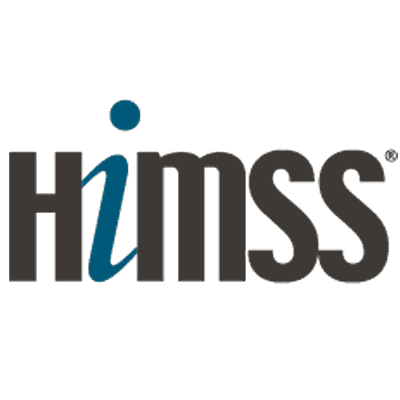This is Part III of a three blog series with our takeaways from this year’s HIMSS Conference. Click here to see Part I, and here to see Part II.
HIMSS is the healthcare technology industry’s largest educational and networking conference of the year.

Interoperability refers to the ability for different systems to work together by exchanging and sharing data to advance the effective delivery of healthcare.
Vendor incompatibility is the number one issue HIMSS attendees gave for struggling with interoperability. For instance, stand-alone patient portals provide roadblocks to patients to being active participants in their own healthcare, while providers also need to integrate systems in order to improve service quality and enhance workflows.
In her keynote address, Secretary of the Department of Health and Human Services Sylvia Burwell stated that “information is too often knowingly [or inadvertently blocked”…We must demand interoperability”. Burwell made the announcement at HIMSS of a pledge by technology providers and stakeholders to advancing the interoperability between systems to enable the free flow of patient medical information.
While 92% of patients want complete access to their data, only 18% of doctors think this should be the case. Doctor’s rationale stems from misaligned incentives as well as the danger of ‘false alarms’ in patients who read things into their results.
EMRs needs to work better for patients and providers alike – issues include no information blocking, improved consumer access to their records, and implementing federally recognized national interoperability standards and practices like those Sylvia Burwell addressed.
Conclusion:
Healthcare efficiencies hinge on high quality data that is easy to access and interpret. However, as Jonah Berger reminded attendees during his closing keynote, “there’s always a person” at the end of the day behind the data. The human element of how to engage patients and connect them with the right solutions at the right times plays a tremendous role in their outcomes. Providers are investing in technology that helps to close the gap between what the patient demands and providers can deliver.

Back to the Future for Healthcare — How do we take actions today that set the stage for what will happen decades down the road?
Click here to see Part I or here to see Part II of this blog series on HIMSS 2016.


